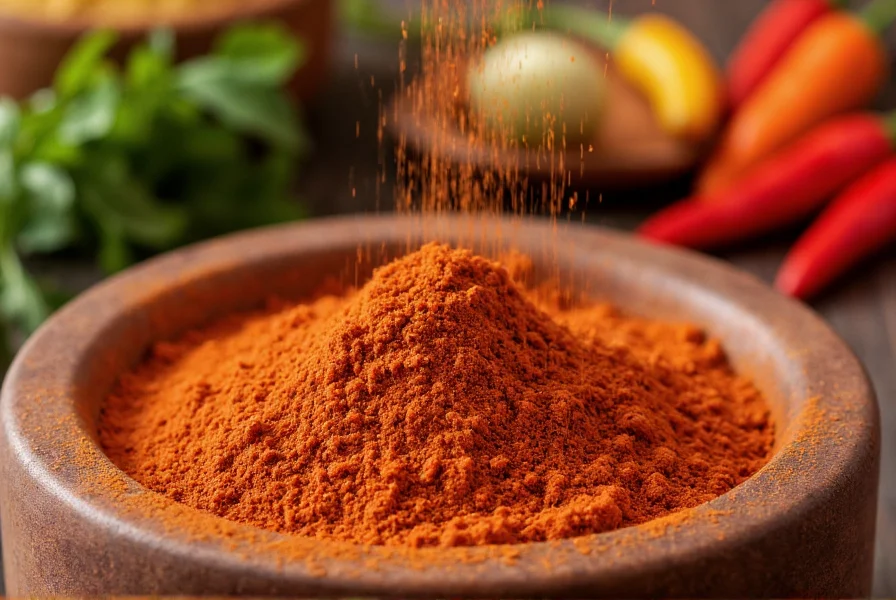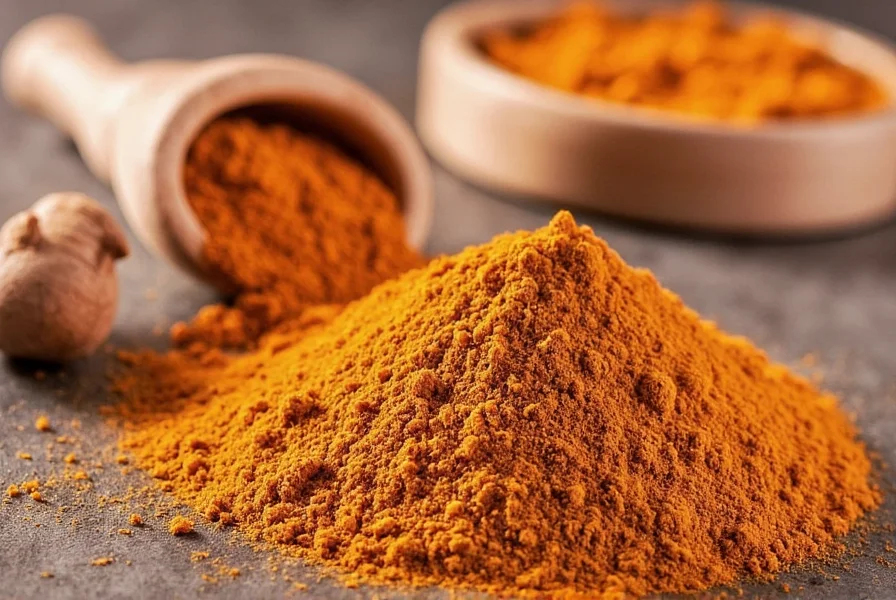Cumin powder transforms ordinary dishes into aromatic culinary experiences with its distinctive warm, earthy flavor profile. This ground spice, made from dried cumin seeds, has been a kitchen staple for thousands of years across multiple continents. Understanding what cumin powder is used for helps both novice and experienced cooks elevate their dishes with authentic global flavors.
The Essential Culinary Applications of Cumin Powder
When exploring what is cumin powder used for, its role in global cuisines stands out as most significant. Unlike whole cumin seeds which require toasting to release maximum flavor, cumin powder delivers immediate aromatic impact, making it ideal for quick-cooking applications.

Mexican and Southwestern Cuisine
Cumin powder forms the backbone of authentic chili powders and taco seasonings. It's essential in dishes like:
- Chili con carne (both traditional and vegetarian versions)
- Taco fillings for beef, chicken, or beans
- Salsas and guacamole for depth of flavor
- Enchilada sauces and mole blends
Chefs typically use 1-2 teaspoons of cumin powder per pound of meat in Mexican dishes, adding it early in the cooking process to allow flavors to meld.
Indian Cooking Applications
When considering what is cumin powder used for in Indian cuisine, it serves as a fundamental component in many spice blends and dishes. While whole cumin seeds often start tempering (tadka), cumin powder gets incorporated later:
- Curry bases and gravy preparations
- Garam masala and other spice mixes
- Dal (lentil) preparations
- Vegetable stir-fries (sabzi)
Indian cooks typically use cumin powder more sparingly than in Mexican cooking, with 1/2 to 1 teaspoon per serving being standard to avoid overpowering other spices.
| Cuisine Type | Common Dishes | Typical Amount per Serving |
|---|---|---|
| Mexican | Chili, tacos, enchiladas | 1-2 tsp per pound of meat |
| Indian | Curries, dals, vegetable dishes | 1/2-1 tsp per serving |
| Middle Eastern | Hummus, falafel, stews | 1 tsp per recipe |
| Mediterranean | Ratatouille, roasted vegetables | 1/2 tsp per serving |
Cumin Powder vs. Whole Cumin Seeds: Understanding the Difference
Many home cooks wonder about the distinction between what is cumin powder used for versus whole seeds. The differences significantly impact cooking results:
- Flavor release: Powder delivers immediate flavor while seeds require toasting to release oils
- Intensity: Powder provides more concentrated flavor (use 3/4 tsp powder for every 1 tsp seeds)
- Application timing: Add powder early in cooking; toast seeds at beginning then add other ingredients
- Texture: Powder blends seamlessly while seeds provide subtle crunch
Proper Usage Techniques for Maximum Flavor
Knowing what cumin powder is used for extends beyond simply adding it to recipes. Professional results require understanding proper usage techniques:

When to Add Cumin Powder During Cooking
Unlike whole seeds which benefit from dry toasting, cumin powder burns easily. For best results:
- Add to liquid-based dishes (soups, stews, curries) early in cooking to allow flavors to meld
- In dry applications, mix with other dry spices first before adding to hot oil
- For finishing touches, sprinkle small amounts of freshly ground cumin rather than powder
- Never add directly to very hot oil as this causes bitterness
Flavor Pairing Guidelines
Cumin powder works exceptionally well with specific ingredients that enhance its earthy profile:
- Complementary spices: Coriander, chili powder, turmeric, garlic powder
- Acidic components: Lime juice, tomatoes, vinegar (balances earthiness)
- Proteins: Beef, lamb, chicken, black beans, chickpeas
- Vegetables: Potatoes, carrots, onions, peppers, eggplant
Storage Recommendations for Optimal Freshness
Understanding what is cumin powder used for includes knowing how to maintain its potency. Ground spices lose flavor faster than whole seeds:
- Store in airtight container away from light and heat
- Keep in a cool, dark cupboard (not above the stove)
- Maximum freshness: 6 months (vs. 1-2 years for whole seeds)
- Test freshness by rubbing a small amount between fingers—if aroma is weak, replace
Potential Health Considerations
While primarily valued for culinary applications, cumin powder contains compounds that may offer health benefits when consumed as part of a balanced diet. Research suggests cumin contains antioxidants and may support digestion. However, cumin powder should be viewed primarily as a flavoring agent rather than a health supplement. Consuming extremely large quantities could potentially interact with certain medications, so moderation remains key in culinary applications.
Common Questions About Cumin Powder Usage
Can I substitute cumin powder for whole cumin seeds in recipes?
Yes, but with adjustments. Use 3/4 teaspoon of cumin powder for every 1 teaspoon of whole cumin seeds. Since powder delivers more immediate flavor, add it later in the cooking process than you would whole seeds, which benefit from initial toasting. The flavor profile will differ slightly as whole seeds provide a more nuanced, complex taste when properly toasted.
How much cumin powder should I use in chili?
For authentic chili flavor, use 1-2 teaspoons of cumin powder per pound of meat. Add it after browning the meat and vegetables, allowing the spice to bloom in the rendered fats before adding liquid ingredients. For milder flavor, start with 1 teaspoon and adjust to taste. Remember that cumin flavor intensifies as the chili simmers, so it's better to start with less and add more if needed.
Why does my cumin powder taste bitter?
Bitter cumin powder usually results from improper usage or stale product. Cumin powder burns easily when added directly to hot oil or exposed to high heat for too long. Always mix it with other dry spices first or add to liquids rather than directly to hot oil. Additionally, cumin powder loses potency after 6 months—stale cumin often develops bitter notes. Store in an airtight container away from light and heat, and replace if the aroma seems weak when rubbed between your fingers.
What dishes should I avoid using cumin powder in?
Cumin powder's strong, earthy flavor doesn't complement all dishes. Avoid using it in delicate fish preparations, most desserts, light pasta dishes with cream sauces, and dishes featuring subtle herbs like dill or tarragon. It generally doesn't pair well with sweet flavors unless in specific spice blends for certain baked goods. When in doubt, start with small amounts (1/4 teaspoon) and taste before adding more, as cumin can easily dominate other flavors.











 浙公网安备
33010002000092号
浙公网安备
33010002000092号 浙B2-20120091-4
浙B2-20120091-4